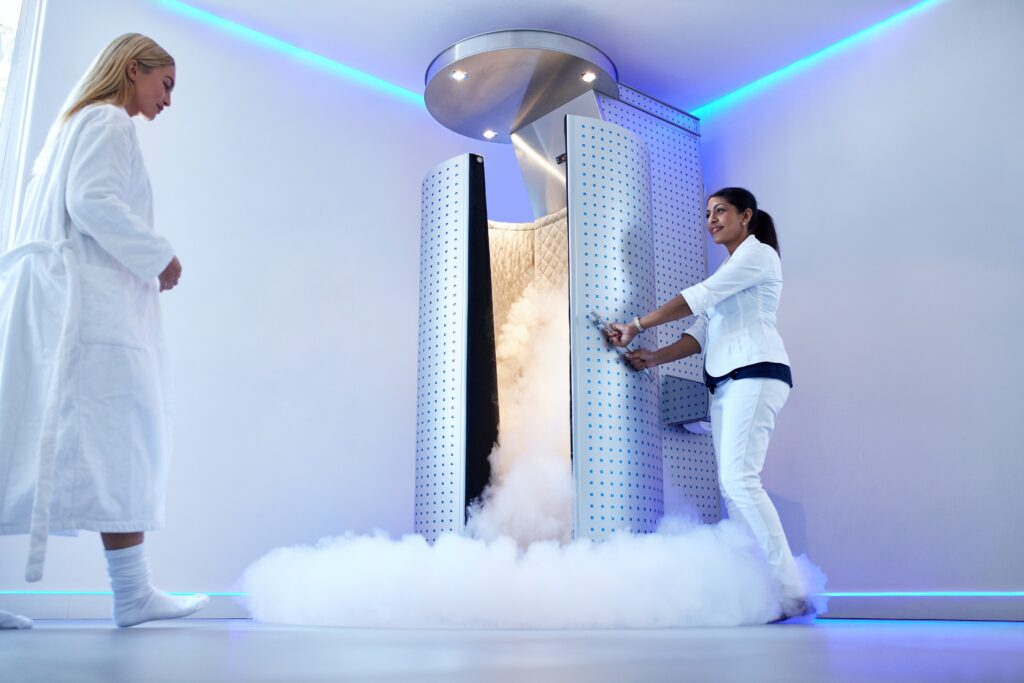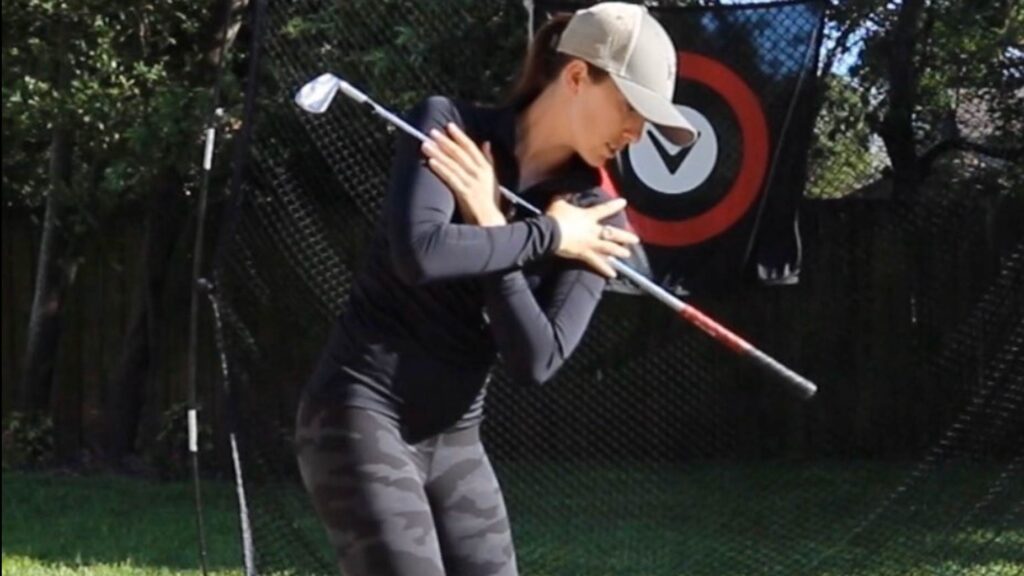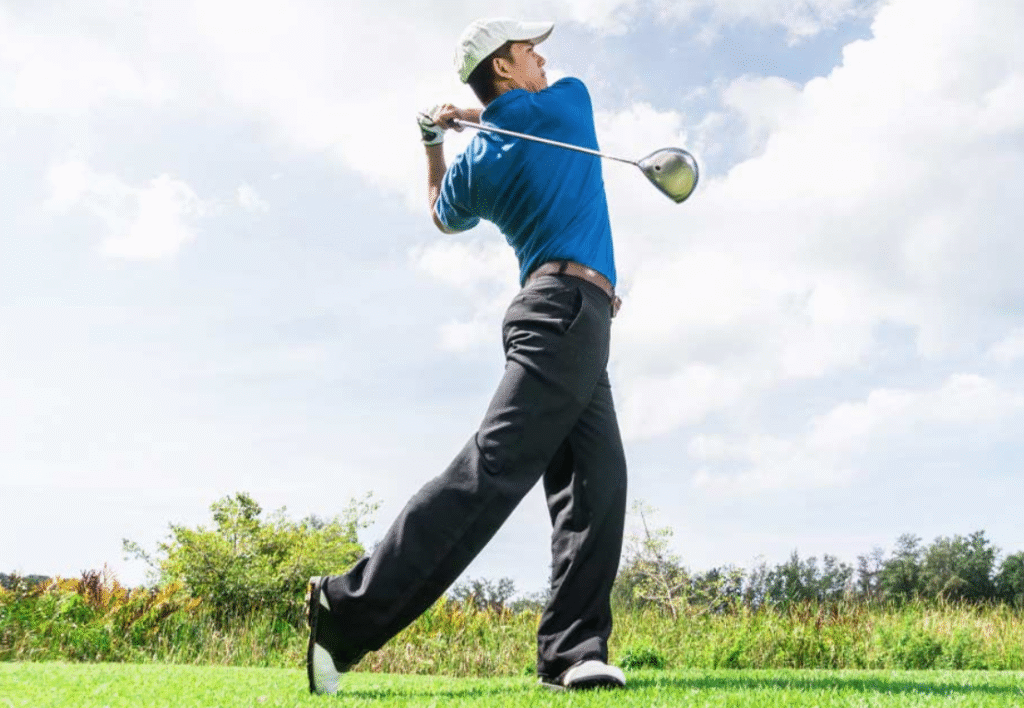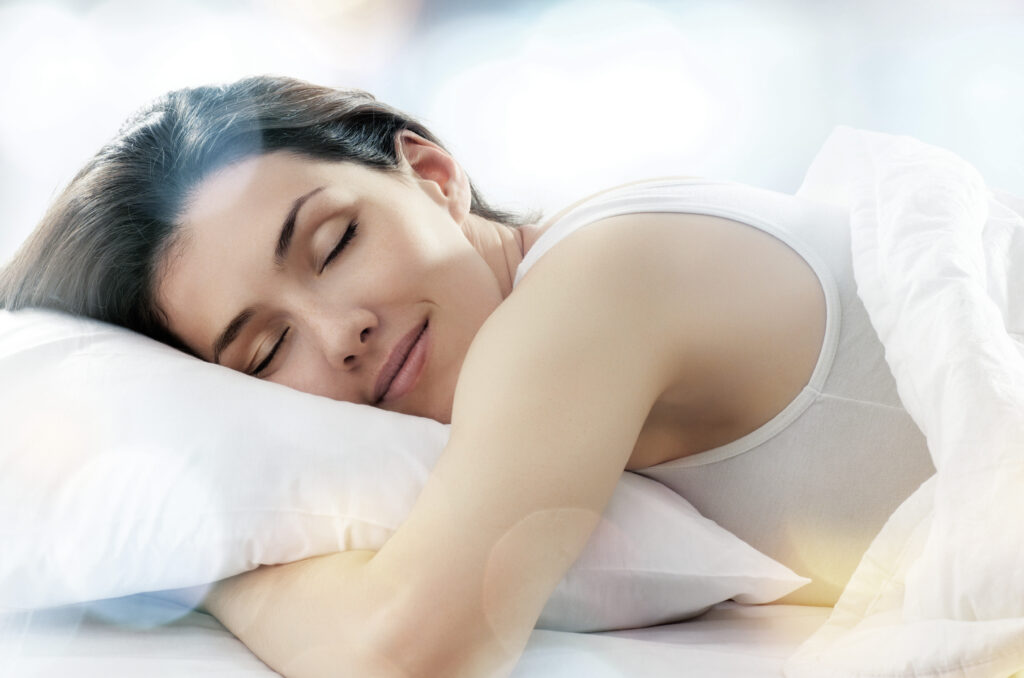
Delayed onset muscle soreness (aka. DOMS) is the pain a person feels after exercise.1 DOMS typically begins 6-12 hours post exercise and gradually increases until peak pain is reached at 48-72 hours.2
Following this period the pain experienced decreases until it is no longer perceptible 5-7 days post exercise.2 In addition to local muscle soreness, DOMS is associated with reduced range of motion, altered function of adjacent joints, impaired muscle contraction and reduced force capacity.2 As a result prevention and minimisation of DOMS has become a primary focus in post exercise recovery to enhance subsequent athletic performance.2
One of the main mechanisms behind the pain and fatigue associated with DOMS is the accumulation of metabolic waste (e.g. lactic acid) in muscles and the blood.1 In order to combat this and enhance the rate of recovery low intensity activity is recommended.2 Low intensity activity (e.g. jogging) after exercise accelerates blood lactate removal via an increased blood flow.2 Furthermore, an active recovery also assists in the repair of damaged tissue caused during exercise as result of mechanical trauma when the muscles contract (aka. exercise induced muscle damage).1
Exercise induced muscle damage (EIMD) is the other main cause inducing DOMS.2 In addition to active recovery, research supports the use of compression therapy and cold water immersion therapy (CWI), not to be confused with ice baths or cryotherapy, to enhance recovery from EIMD.2 See previous article on the role of stretching and foam rolling in recovery: http://www.physiofitnessperth.com.au/blog/43-stretching-static-vs-dynamic.html
Multiple studies have shown that wearing compression garments post exercise can enhance the function and strength of those targeted muscle groups thereby enhancing recovery and reducing the symptoms associated with EIMD.2 CWI at a temperature between 11-15°C for 11-15 minutes has also been proven to be an effective method at alleviating functional and physiological deficits associated with EIMD.2 CWI is particularly effective following prolonged endurance-based exercise.2 See previous article on the role of cryotherapy in recovery: http://www.physiofitnessperth.com.au/blog/42-don-t-fall-into-the-trap-of-the-trend.html

SLEEP
Another important consideration in post exercise recovery is sleep.3 Getting adequate sleep is critical in optimising physiological and psychological recovery as well as subsequent performance.3
Studies show that the optimal conditions for cell growth and repair occur during deep sleep.3 Sleep deprivation impairs the body’s ability to sufficiently break down cells needed for future repair and growth, and stimulates processes leading to muscle degradation.3 As a result, a lack of sleep can have adverse effects on the physiological mechanisms involved in recovery following exercise.3 Sleep deprivation in athletes can manifest as impaired sport-specific skill execution, altered performance during submaximal sustained exercise bouts, reduced muscular and anaerobic power and cognitive deficits (e.g. reaction time, memory and decision making, mood variability etc.).3
The current evidence-based recommendations regarding hours of sleep that should be obtained daily are as follows:
- 7-9 hours of sleep for healthy adults.3
- 9-10 hours of total sleep for athletes.3
Sleep strategies can be implemented to help achieve this.3 Studies found the most effective strategy to be sleep extension which also demonstrated improvements in subsequent sports performance.3 Sleep extension aims to increase the total amount of sleep obtained either through increasing total sleep duration or via brief targeted naps.3 Naps should not exceed 30 minutes.2
The development of healthy sleeping habits (i.e. good sleep hygiene) has also proven to be beneficial in improving sleep and performance if sustained long term.3 Some examples include sleeping in a dark and quiet environment, no screen time before bed etc.3
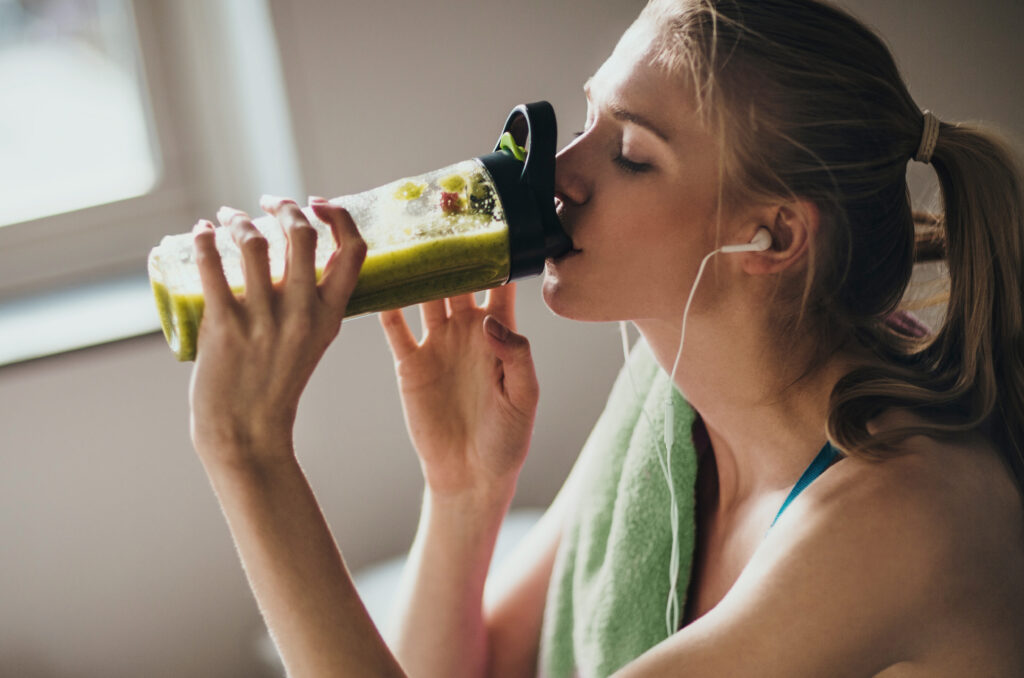
NUTRITION
Appropriate dietary intake is vital when aiming to optimise post-exercise recovery and subsequent performance.4 Athletes, in particular those that partake in endurance-type exercises, need to prioritise the ingestion of adequate amounts of both carbohydrate and protein.4
Carbohydrates play an essential role in the replenishment of energy stores (i.e. muscle and liver glycogen) following exercise and are the primary fuel source relied upon during endurance-based activities.4 In order to optimally replenish these stores and prepare the athlete for future performance the following nutritional guidelines are recommended:
Recommended carbohydrate intake for short recovery window (<8h):
- Muscle glycogen (i.e. energy) resynthesis is greatest during the initial 1 hour after exercise.4
- Therefore, carbohydrates should be consumed immediately after exercise regardless of the available window of recovery to promptly begin the recovery process.4
- Quantified intake for <8h = 1.2g/kg/h for the first few hours, high glycaemic index foods (> 70) preferred, dosing at 15-30 min intervals.5
- May need to consume sports nutrition products such as recovery drinks, bars, gels etc. for convenience.4
- If unable to tolerate this volume can add caffeine (3mg/kg – 8mg/kg) or protein to boost glycogen repletion.5
Recommended carbohydrate intake for longer recovery window (8-24h):
- Consumption of adequate daily carbohydrate (independent of pattern or timing) is the best strategy to optimise muscle glycogen resynthesis.4
- Quantified intake:
- First 24 hours post-competition = 8-10g per kg of bodyweight.5
- Moderate intensity exercise (1h/day) = 5-7g per kg of bodyweight per day.5
- Moderate-high intensity exercise (1-3h/day) = 6-10g per kg of bodyweight per day.5
- Very high training load (4-5h of moderate-high intensity exercise everyday) = 8-12g per kg of bodyweight per day.5
Protein stimulates the repair and remodelling of skeletal muscle following exercise.4 Therefore, protein plays an essential role in the restoration and enhancement of muscle function and performance post-exercise.4 To maximise the above processes, the following nutritional guidelines are recommended:
Recommended protein intake for short recovery window (<8h):
- There is increased protein absorption 24h following exercise.5
- Protein should be consumed immediately after exercise to stimulate skeletal muscle repair and remodelling.4
- Quantified intake for <8h = 20g per meal or 0.25-0.3g/kg, high leucine content (e.g. whey protein), can be rapidly digested.4
- Masters athletes could benefit from increased post exercise protein intake due to impaired muscle remodelling and slower recovery rates.2
Recommended protein intake for longer recovery window (8-24h):
- Quantified intake = 20g per meal or 0.25-0.3g/kg, meals every 3-4/5h.4
- Pre-bedtime protein ingestion recommended to support skeletal muscle repair and remodelling during an 8h sleep period.44/li>
- Leucine enriched foods ideal but vegetable-based proteins, protein blends and whole foods can be sufficient (will need approx. 25% greater intake due to lower leucine content).4
- Recommended that strength and power athletes consume in the higher range and endurance athletes in the lower range.5
Omega-3-fatty acids also play a role in reducing the symptoms associated with DOMS.2 It is recommended that athletes ingest 1.8-3g of omega-3-fatty acids following exercise.2

HYDRATION
Along with nutritional replenishment, fluid replacement post exercise is vital to obtaining optimal recovery.6 Following exercise the goal is to completely restore any fluid and electrolyte deficit.6
If available recovery time is limited or the magnitude of fluid-electrolyte deficit (i.e. dehydration) is large then aggressive rehydration may be merited.6 The current evidence-based recommendation suggests that individuals should drink ~1.5L of fluid per Kg of body weight lost to completely recover from dehydration post exercise.6 More of this fluid is retained if there is additional consumption of sodium (> 60mmol/L).5 Ingestion of extra salt with meals or fluids is also useful when sweat loss is high.6
On a daily basis provided there is ample recovery time, consumption of normal meals and snacks containing adequate amounts of sodium in addition to sufficient volumes of plain water (~400-800 mL/h), will restore hydration levels.5,6
References:
- Zulaini, Harahap NS, Siregar NS, Zulfahri. Effect of Stretching and Recovery on Delayed Onset Muscle Soreness (DOMS) After Exercise. J Phys Conf Ser. 2021;1811(1):12113. doi: 10.1088/1742-6596/1811/1/012113
- Hotfiel T, Mayer I, Huettel M, et al. Accelerating Recovery from Exercise-Induced Muscle Injuries in Triathletes: Considerations for Olympic Distance Races. Sports. 2019;7(6):143. doi: 10.3390/sports7060143
- Bonnar D, Bartel K, Kakoschke N, Lang C. Sleep Interventions Designed to Improve Athletic Performance and Recovery: A Systematic Review of Current Approaches. Sports Med. 2018;48(3):683-703. doi:10.1007/s40279-017-0832-x
- Moore, DR. Nutrition to Support Recovery from Endurance Exercise: Optimal Carbohydrate and Protein Replacement. Curr Sports Med Rep. 2015;14(4):294-300. doi: 10.1249/JSR.0000000000000180
- Vitale K, Getzin A. Nutrition and Supplement Update for the Endurance Athlete: Review and Recommendations. Nutrients. 2019;11(6):1289. doi:10.3390/nu11061289
- Sawka MN, Burke LM, Eichner ER, et al. Exercise and Fluid Replacement. Med Sci Sports Exerc. 2007;39(2):377-390. doi:10.1249/mss.0b013e31802ca597


